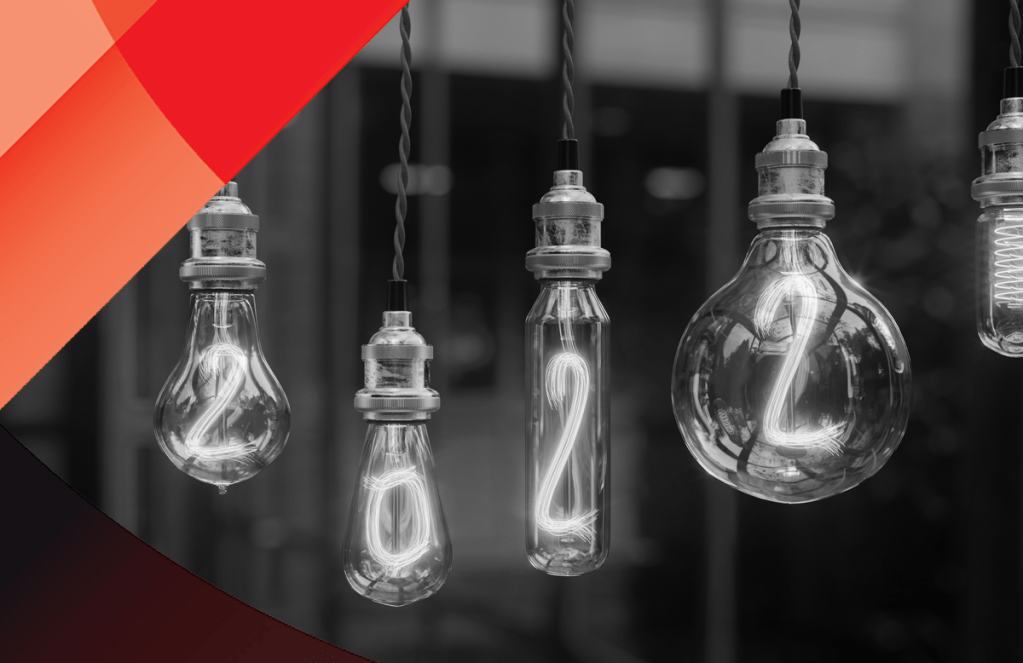
The loan quality of mortgage pools backing private-label securitization (PLS) deals has remained solid this year through the end of June, even as deal volume slowed appreciably between the first and second quarters.
In addition, the average coupon for PLS note offerings so far this year has not yet caught up with current market rates, according to the Kroll Bond Rating Agency’s (KBRA’s) most recent RMBS Credit Indices report.
The yield for both prime and nonprime PLS issuance, as measured by the weighted average coupon (WAC), fell below conforming mortgage rates as of June 2022, the period covered by the KBRA report. For the final week of June, the conforming 30-year fixed mortgage hovered in the 5.7% range.
Even with big drop in rates in the first week of July — the sharpest decline since 2008, to 5.3% for a 30-year fixed rate mortgage, according to Freddie Mac — the spread between the prime WAC and current conforming rates remains wide. For nonprime, the spread is much tighter when looking at the WAC in isolation, but that obscures the fact that nonprime loans in a normal market are priced considerably higher than the conforming rate.
For the prime sector, the WAC as of June 2022, according to the KBRA report, stood at 3.36%. That’s down slightly from January’s mark of 3.44%. The nonprime WAC stood at 5.44% in June, KBRA data show, compared with the January average coupon of 5.87%.
Tom Hutchens, executive vice president of production at non-QM lender Angel Oak Mortgage Solutions, said previously, however, that for nonprime mortgages (or non-QM loans), the interest rate normally averages about 1.5 percentage points higher than the conforming rate — which would put the market rate for the newest 30-year fixed-rate loans near the 7% range.
Jack Kahan, KBRA’s senior managing director of RMBS [residential mortgage-backed securities], said interest rates hit a low point in 2021 at or slightly below 3% and remained there much of last year. He added as new loans were securitized each month at those historically low rates, they were added to the KBRA index, effectively lowering the overall weighted average coupon measure because of the huge volume of loans involved — a majority of them refinances, a market that has since evaporated in the rising-rate environment.
Last year’s record low-rate loan volume continued to affect securitization volume and metrics into 2022 as well, helping to suppress the WAC figure. Evidence of the expanded loan volume moving through the PLS pipeline this year so far, compared to 2021, can be seen in the PLS deal data tracked by KBRA.
Year to date through June 2022, KBRA data shows that 111 prime and nonprime securitization deals hit the market backed by loan pools valued in total at some $52.8 billion. Last year, over the same time frame, 97 PLS transactions were recorded backed by mortgage pools valued at $39.6 billion.
Also of note is that the bulk of the prime and nonprime PLS deal volume in 2022 so far is from the first quarter of this year — 67 deals valued at $33.9 billion. Volume dropped off in the second quarter, as rates continued to rise, to 44 deals valued at $18.9 billion, according to KBRA data,.
So, every new deal issued and added to the KBRA index that was backed by lower-rate loan pools from 2021 or at the start of the year, relative to future months, “was decreasing the WAC,” Kahan said, “and so many new [PLS] deals were added in 2021 [and into this year] that this was reflected in the average.”
“You can also tell this [the ramp-up in deal volume] by looking at the WALA,” Kahan added.
That latter measure is the weighted average loan age, or WALA, also known as the loan seasoning. It can serve as a measure of deal velocity — or the time between loan origination and securitization.
Kahan explained that starting in the second half of last year, new PLS deals backed by lower-rate loans “began to make up a significant portion of the outstanding deal count.” That deal velocity also affected the rolling measure of the average loan-seasoning age. The effect was most pronounced in prime deals, where loan seasoning averaged 41.7 months as of June 2021, nearly twice as high as the June 2022 average of 21.6 months.
“In nonprime it’s a similar story, but to a lesser degree,” Kahan added, in explaining the KBRA index report. The WALA for the nonprime sector hit a high last year of 28.1 months in November, the KBRA report shows, and has continued to inch downward through June of this year, when it dropped to 24.4 months.
The KBRA June 2022 report includes analysis from 415 outstanding prime transactions backed by mortgage collateral valued in total at $95 billion. It also includes 172 nonprime transactions valued at $32.1 billion. The KBRA rolling indices include data dating back to the fall of 2016.
On other fronts, year to date through the end of June, the KBRA RMBS Credit Indices report shows loan-delinquencies, net losses, and loan prepayments all are trending downward since the pandemic’s peak in 2020 — with prepayments exhibiting the sharpest contraction.
“June remittance reports showed mostly stable credit performance across securitized residential mortgage pools,” the KBRA report states. “… Mortgage prepayment rates continued their multi-month decline, as the sharp rate rise over the past six months has greatly reduced any incentive to refinance. Since early January [of the year], 30-year fixed mortgage rates have risen from 3.3% to just under 6%, as of the end of June.”
Prepayments in the prime category reached the mid-40% to 60% range between October 2020 and July of 2021 — during the refinancing boom. Since late summer 2021, however, the prime prepayment rate has declined steadily — down to at 8.7% as of June of this year, KBRA reports.
The typical prepayment rate for a given mortgage pool, absent refinance pressure, “is typically 8% over the history of data — simply due to relocation, divorce, death, etc.,” according to Tom Piercy, managing director of Incenter Mortgage Advisors.
In the nonprime sector, prepayment rates have declined as well, from the mid-40% range in the summer of 2021 to the low 40% range starting in the fourth quarter of last year — and ending June of this year at nearly half that mark, 23.4%
Loan delinquency rates for prime RMBS issuance, which includes prime jumbo loans, also are in retreat.
- Early-stage delinquency rates (loans 30-59 days past due) stood at 0.36% of the outstanding prime PLS collateral balance of $95 billion as of June 2022, compared with 0.44% in December 2021. Early-stage delinquencies represent the front end of the delinquency pipeline, given such loans will move to the next level if not made current.
- At that next level, the mid-stage delinquency rate (loans 60-89 days past due) there also was downward motion over the period — to 0.36% in June of this year, compared with 0.44% as of December 2021.
- For late-stage delinquencies (mortgages delinquent 90 days or more and at the highest risk of foreclosure) rates also are down, from 0.65% in December of last year to 0.26% as of June 2022.
For nonprime RMBS issuance — which includes alternative-documentation loans to the self-employed, real estate investors as well as credit-challenged borrows — the pattern is similar, although delinquency rates are higher due to the riskier nature of the loans.
- Early-stage delinquency rates on the outstanding nonprime PLS collateral balance of $32.1 billion as of June 2022 declined from 2.01% as of December of last year to 1.57% as of June 2022, the KBRA report shows.
- Mid-stage delinquency rates declined from 0.69% in December 2021 to 0.50% as June of this year.
- And late-stage delinquency rates declined by more than a percentage point over the period, from 2.97% in December 2021 to 1.85% as of June 2022.
Loan modifications, which are a trailing performance measure relative to delinquencies, were down as well for both prime and nonprime collateral. For prime deals, the modification rate declined from 2.47% as of December 2021 to 1.15% as of June 2022. Nonprime issuance recorded a similar sharp decline in the loan-modification rate over the period, from 7.57% as of December to 4.34% as of June.
Another key metric in the KBRA report is the “annualized net loss rate,” which is a measure of the losses a given collateral pool would incur “if every month of that year had the same amount of loss as the observation month,” Kahan explained. In the case of both prime and nonprime PLS deals, the loss rate is only a fraction of a percentage point — reflecting the relative underwriting quality of the mortgages.
Annualized net losses for prime issuance stood at 0.0103% as of June 2022, down about 2.3 basis points from December 2021’s mark of 0.0332%. For the nonprime sector over the same period, the figures are a bit more volatile, with the December 2021 rate at 0.0184%, nearly 3 basis points lower than the June 2022 rate of 0.0477% — which was down some 5 basis points from April’s rate of 0.0970%.
It’s important to keep in mind that the KBRA report is a data snapshot measuring a very dynamic PLS market. So, as higher-rate loans continue to be originated and securitized, the metrics will change, likely pushing the weighted average coupon upward in the coming months, for example, barring a sudden rate plunge.
“[The credit indices] are rolling indices calculated each month based on the observations available in that month,” the KBRA report notes. “New transactions are added as they are issued, after an initial seasoning period.”



